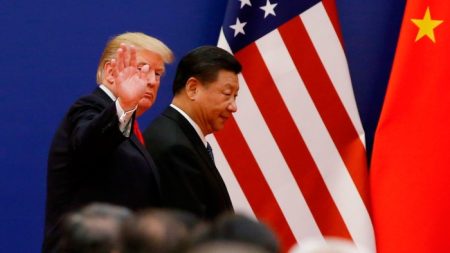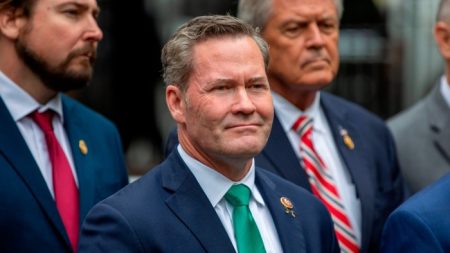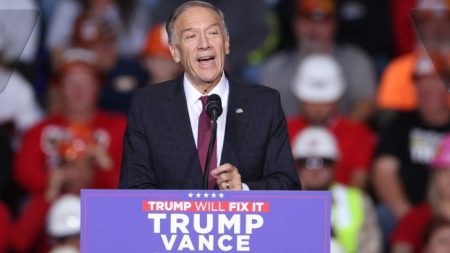Stay informed with free updates
Simply sign up to the US inflation myFT Digest — delivered directly to your inbox.
Traders slashed bets on Federal Reserve interest rate cuts on Wednesday after US inflation surpassed expectations and Joe Biden acknowledged there was “more to do” on fighting price rises.
Bond yields jumped, stocks slid and markets pushed back their forecasts of summer rate cuts after official data showed a 3.5 per cent increase in consumer prices for the year to March.
“Today’s report shows inflation has fallen more than 60 per cent from its peak, but we have more to do to lower costs for hard-working families,” the US president said after the data release.
Wednesday’s figure compared with forecasts of a 3.4 per cent rise. Core inflation also exceeded expectations due to price pressures in services sectors such as healthcare and car insurance.
“You have to take seriously the possibility that the next rate move will be upwards rather than downwards,” former Treasury secretary Larry Summers said, in a sign of the effect of the inflation data on rate expectations.
Talking to Bloomberg, he added that a rate cut in June “would be a dangerous and egregious error”.
The figures are the latest showing the US economy running hotter than predicted, a potential problem for Biden as he seeks to overcome Donald Trump’s polling lead ahead of this year’s election.
Markets are now betting that rate cuts may not begin until a Fed meeting just after the November 5 vote.
Futures traders lowered their rate cut expectations to price in between one and two quarter-point cuts this year — down from at least six cuts early in January.
Immediately before Wednesday’s data release, markets had anticipated between two and three cuts this year.
Traders had also previously seen a July cut as a near-certainty, but halved their bets on that timing from about 98 per cent to 50 per cent after Wednesday’s report was released.
While the markets still give a very high probability to rate cuts by September, they have not fully priced in a cut until the Fed’s November 6-7 meeting.
The two-year Treasury yield, which moves with interest rate expectations, jumped by about 0.2 percentage points to 4.95 per cent, its highest level in more than four months.
The S&P 500 was down 1 per cent in early-afternoon trade.
“Even if the Fed’s policy pivot toward cutting interest rates is still on the table for 2024, recent data have greatly complicated the task of finding the right time for a move that avoids constraining growth while also not prematurely declaring victory against inflation,” said Eswar Prasad, economics professor at Cornell University.
CPI had previously risen to 3.2 per cent in February from 3.1 per cent in January and bumper jobs figures last week led markets to further rein in expectations of Fed rate cuts.
In his response to Wednesday’s figures Biden called on corporations, notably food retailers, “to use record profits to reduce prices”. He also attacked Congressional Republicans, whom he accused of “helping special interests and Big Pharma raise prices”.
The Bureau of Labor Statistics said that core inflation, which excludes changes in food and energy costs, remained at 3.8 per cent, the same rate as February. Economists had expected a core rate for March of 3.7 per cent.
The Fed’s own “dot plot” forecasts show rate-setters, as of March, expected to make three cuts this year from the benchmark rate’s current 23-year high of 5.25 per cent to 5.5 per cent.
However, recent remarks from regional Fed presidents have cast doubt on such projections.
While Fed chair Jay Powell still believes in a “base case” that shows inflation drifting down towards the central bank’s 2 per cent goal, others on the Federal Open Market Committee are increasingly concerned that price pressures will prove stickier than expected.
Chicago Fed president Austan Goolsbee has expressed concern that housing inflation will remain too strong, while Dallas chief Lorie Logan has warned of greater “upside risk” to the outlook.
While neither Goolsbee nor Logan has a vote on the FOMC, Atlanta Fed president Raphael Bostic does and has consistently warned that the central bank may struggle to cut more than one time this year.
Read the full article here












